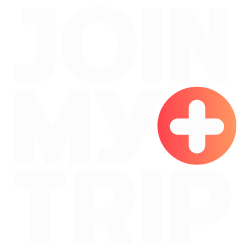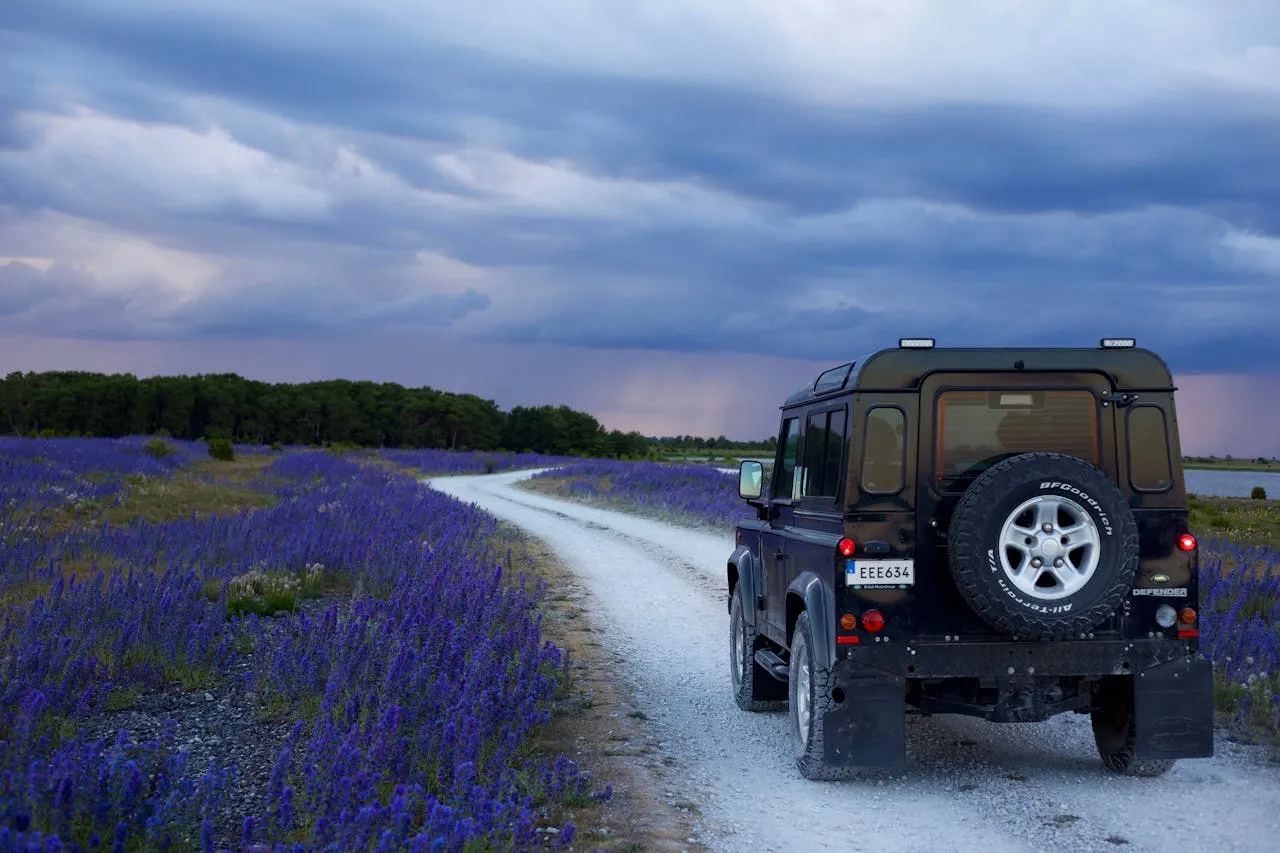On our journey through the north of Europe, we travel through Finland, Sweden, Denmark, and Norway. Even though Finland is not officially part of Scandinavia, it has slowly crept into all our hearts, which is why we simply can’t avoid stopping in this beautiful country. Our Scandinavia road trip starts in Helsinki and leads us via Stockholm and Copenhagen to Oslo. Call your travel buddies and pack your bags. But before we get started, we have a few tips for your time in Scandinavia.
Experience nature, hygge, and culture with this Scandinavia road trip
- Things to Know about Scandinavia
- Best Time for a Road Trip through Scandinavia
- Wild Camping in Scandinavia
- Pack properly
- Road trip from Helsinki to Stockholm
- Road trip from Stockholm to Copenhagen
- Road trip from Copenhagen to Oslo
Things to Know about Scandinavia
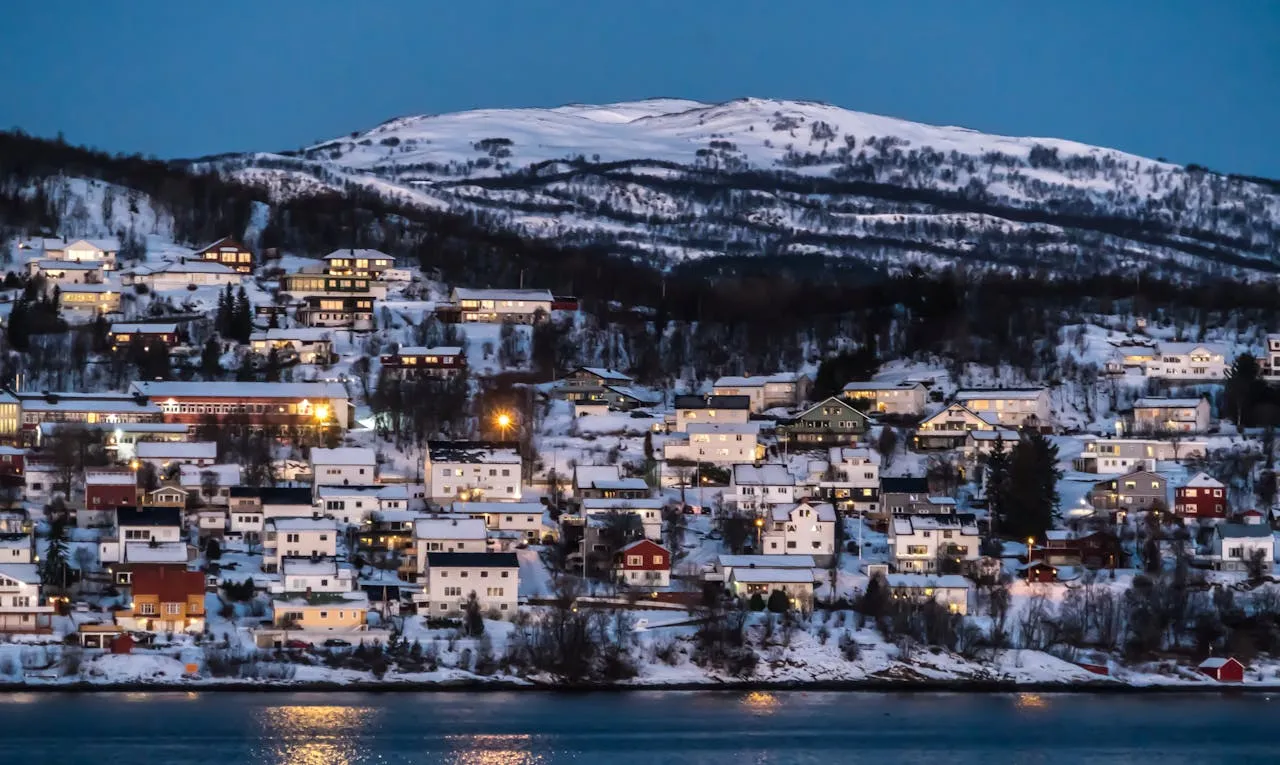
Some things are just different the further north you travel. But with these tips, nothing is guaranteed to go wrong!
Best Time for a Road Trip through Scandinavia
The best time for a Scandinavia road trip is in the summer. Nordic summers are not too hot but have long days, and you can quickly unpack the tent and go wild camping in between. The best months to do a road trip in Scandinavia are June, July, and August. However, this is also the primary travel season for many Europeans. If you prefer it to be quieter, you can still have a great road trip experience with good weather in September.
If you would like to see the Northern Lights, then the dark Nordic winter is something for you, but we would not recommend camping in the winter between January and March. So, find a hotel or a log cabin where you can stay overnight.
Wild Camping in Scandinavia
Due to the so-called “Everyman’s Right” in Norway and Sweden, you can pitch your tent anywhere for one night, even on private property. However, the following rules apply:
- The tent must not be in sight of the house of the owner of the plot of land
- You are not allowed to make fire or walk around with open fire
- Take your trash with you when you leave because no one wants to see trash lying in their garden or nature
In Finland, the rules are a bit different. You can camp on private property with permission, but not on roads or public parking lots. In Denmark, wild camping is not allowed. Here, you can only pitch your tent at designated natural campsites. If you are camping for the first time, here are some tips.
Pack properly
Even if you travel in the summer, you should pack sweaters, long pants, socks, and comfortable summer clothes. After all, you spend much time in the car on this Scandinavia road trip to make the clothes comfortable. You should also pack sturdy shoes. Sneakers are best for long walks in cities or short hikes. A rain jacket or a windbreaker should not be missing from your luggage. Because we know: there is no bad weather, only bad clothing! If you still need help packing, here are 6 packing tips for your next adventure.
Road trip from Helsinki to Stockholm
Our Scandinavia road trip starts in the capital of Finland, Helsinki. Here you will arrive at Helsinki Airport. From there, the Airport train will take you to the center of Helsinki.
Day 1 & 2 – Helsinki
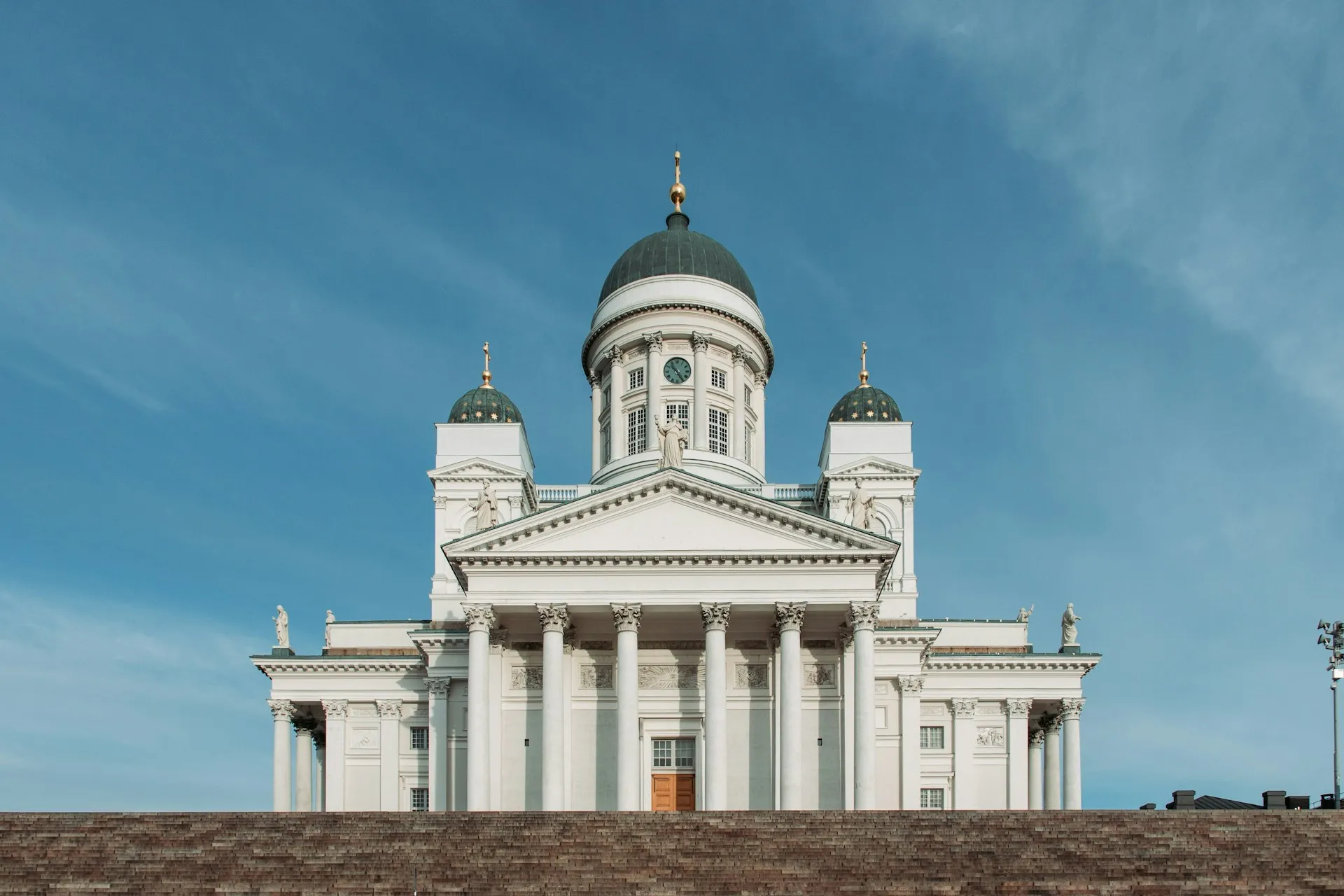
Tips for Finland:
- Wave when you want to board buses or trams.
- You do not have to tip
- Visit a Finnish sauna
Accommodation: As the capital of a large European country, Helsinki has some good hotels, hostels, and Airbnb’s on offer. Stay in the city’s center, so your distances are short, and you can see more.
The top activities in Helsinki:
- Visit the Amos Rex Art Museum
- Visit Oodi, the main library
- Enjoy good Finnish coffee in one of the numerous cafes
Read our Helsinki group travel guide to get insider tips from a true Finn. You’re guaranteed not to miss any of the city’s highlights. Enjoy a full half day in this beautiful city before picking up your rental car at the airport and heading to your next stop – Hanko.
Day 3 – Hanko
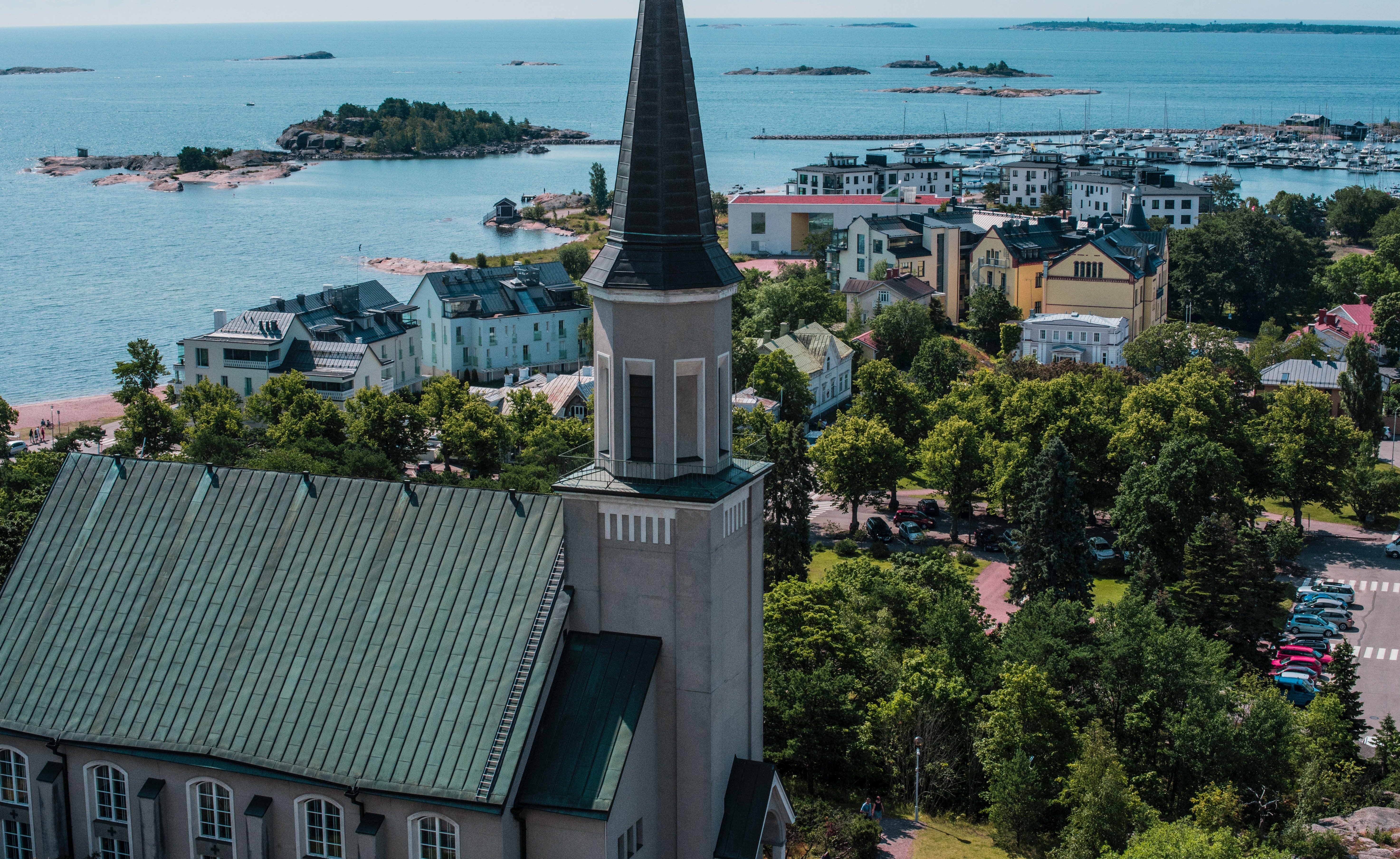
The drive to Hanko takes about 1 hour and 40 minutes. Which, of course, does not include stops at fascinating places along the way. The general rule on road trips is to stop and look if you see something interesting. Maybe you’ll have a gorgeous sunset view or a beautiful landscape.
Accommodation
In Hanko, there are several small hotels, lodging houses, and guesthouses. The area is popular with Finns for summer vacation and has many different accommodation options.
The top activities in Hanko:
The Hanko Peninsula is the southernmost point of the Finnish mainland and has some lighthouses and small sights to offer:
- Hanko Museum – A small museum about the local flora and fauna surrounded by all kinds of statues and anchors
- Luther Lutheran Church in Hanko – the classic Nordic design of a small church is guaranteed to enchant you
- Just enjoy nature and the surroundings – let the Baltic Sea wind blow around your nose.
Have a good time in Hanko, enjoy nature and some good food before you leave for Turku the next day.
Day 4 & 5 – Turku
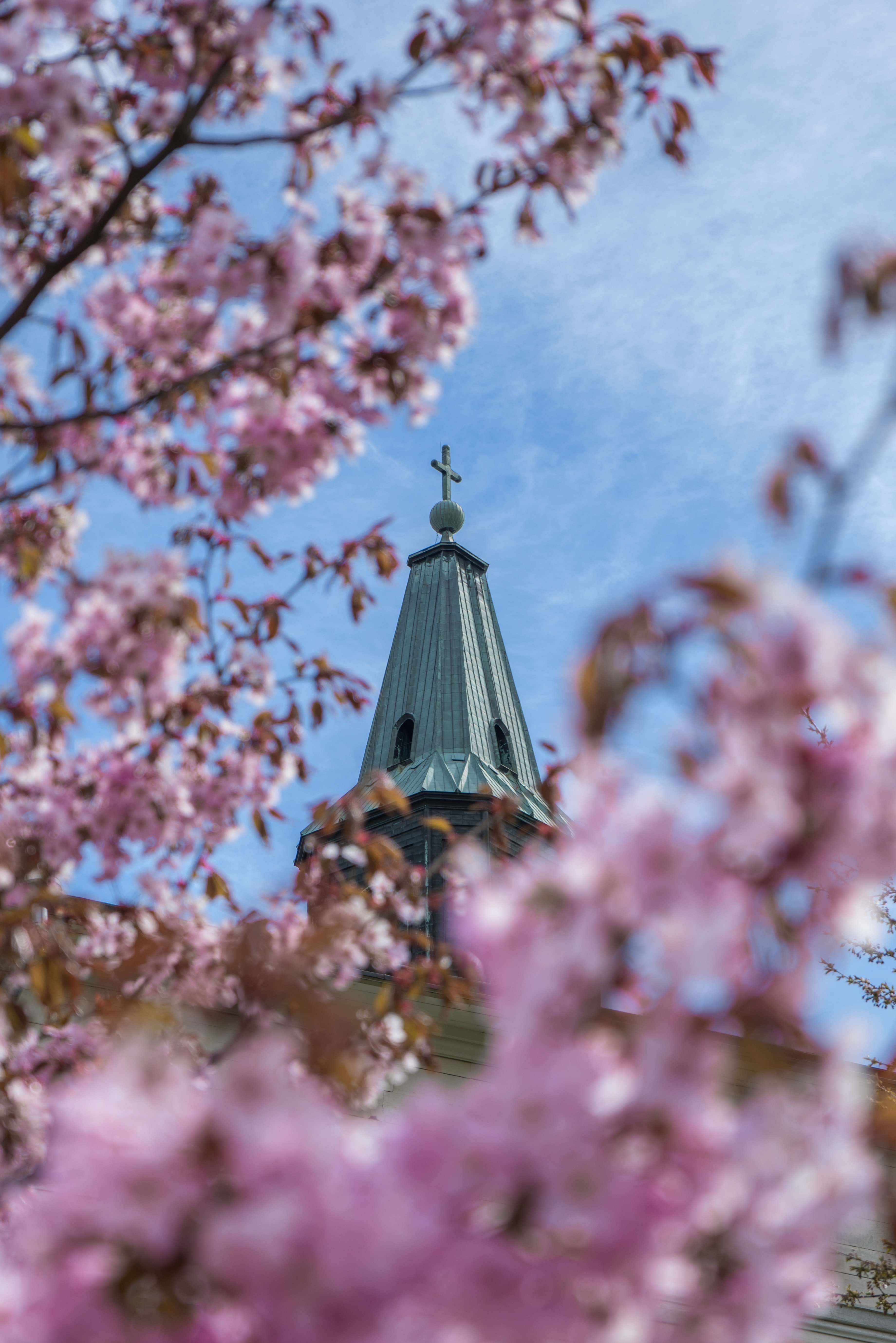
From Hanko, you drive about two hours to Turku. Turku is Finland’s oldest city and was once Finland’s capital. With just under 200,000, it is the sixth-largest city in the country and has a lot to offer. Turku is officially bilingual, and besides Finnish, Swedish is also spoken. However, you can’t go wrong with English in Scandinavian countries, as most Scandinavians (especially in larger cities) speak fluent English.
Accommodation: In Turku, you will find boutique hotels and many Airbnbs. If you finally want to camp, you can stay on the offshore island, Ruissalo, at a camping site (Ruissalo Camping).
Top activities in Turku:
- Turku Cathedral is the tallest building in the city and cannot be missed.
- The Aurajoki River is where locals gather to relax and have a few drinks with friends in the summer.
- Turku Castle is an important historical site of the city, as the Finnish royal family resided before the Russians conquered the city.
- Ruissalo Island is located just outside the city and is perfect for a relaxing swim or a short hike. There are also some small cafes and restaurants here.
- Lake Uhlu is located about 40 minutes from Turku and is the perfect place to relax after a long day; especially in the summer, you will find many Finns relaxing or jumping off the cliffs.
Day 6 – Ferry to Stockholm
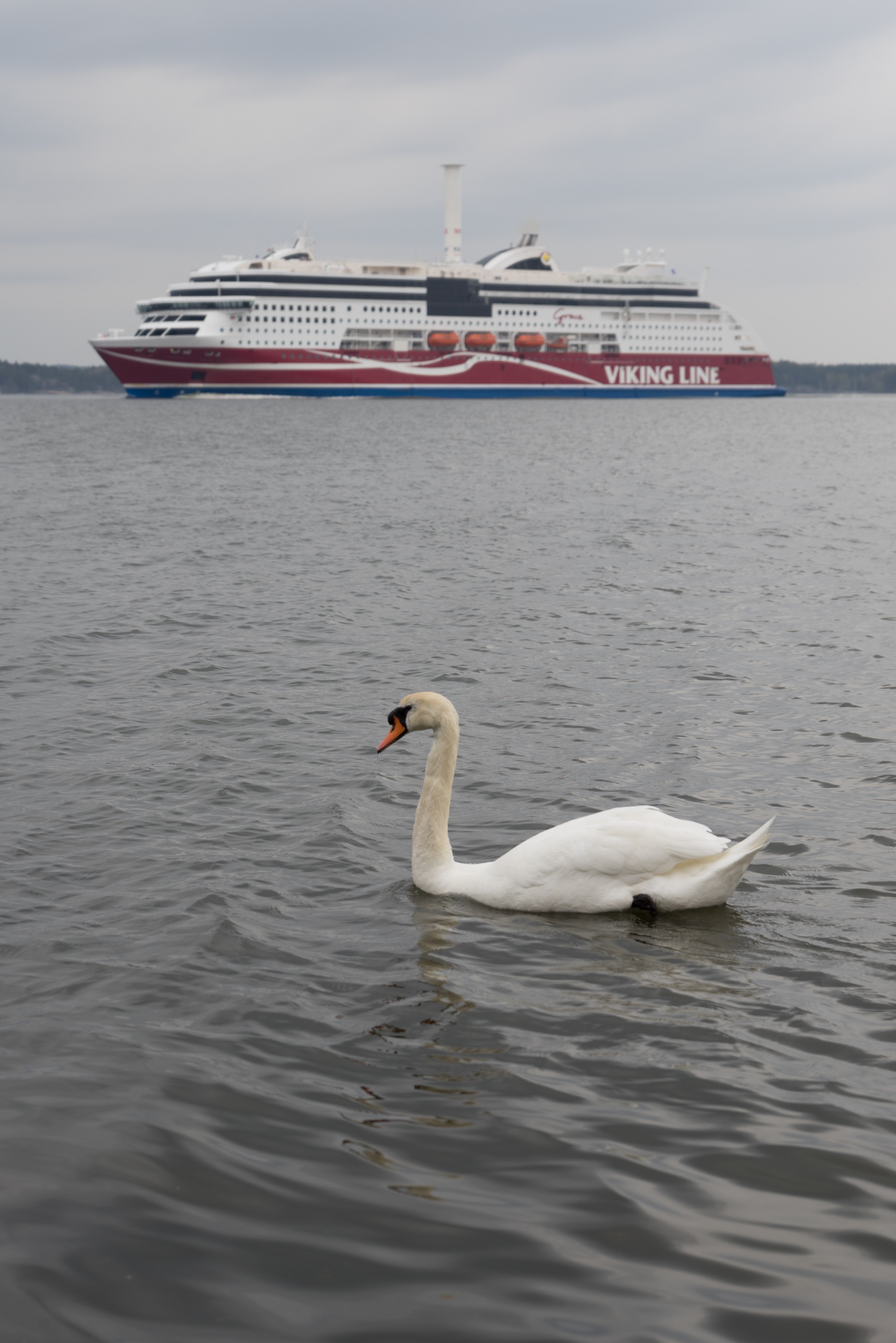
Your 6th day in Scandinavia road trip you spend on the Baltic Sea, better said on the ferry between Turku and Stockholm. The crossing takes 8-10 hours and costs between 50 and 100€ depending on the ferry company and the vehicle to be transported. If you leave early in the morning, you can spend the evening in Stockholm.
Day 7 – Stockholm
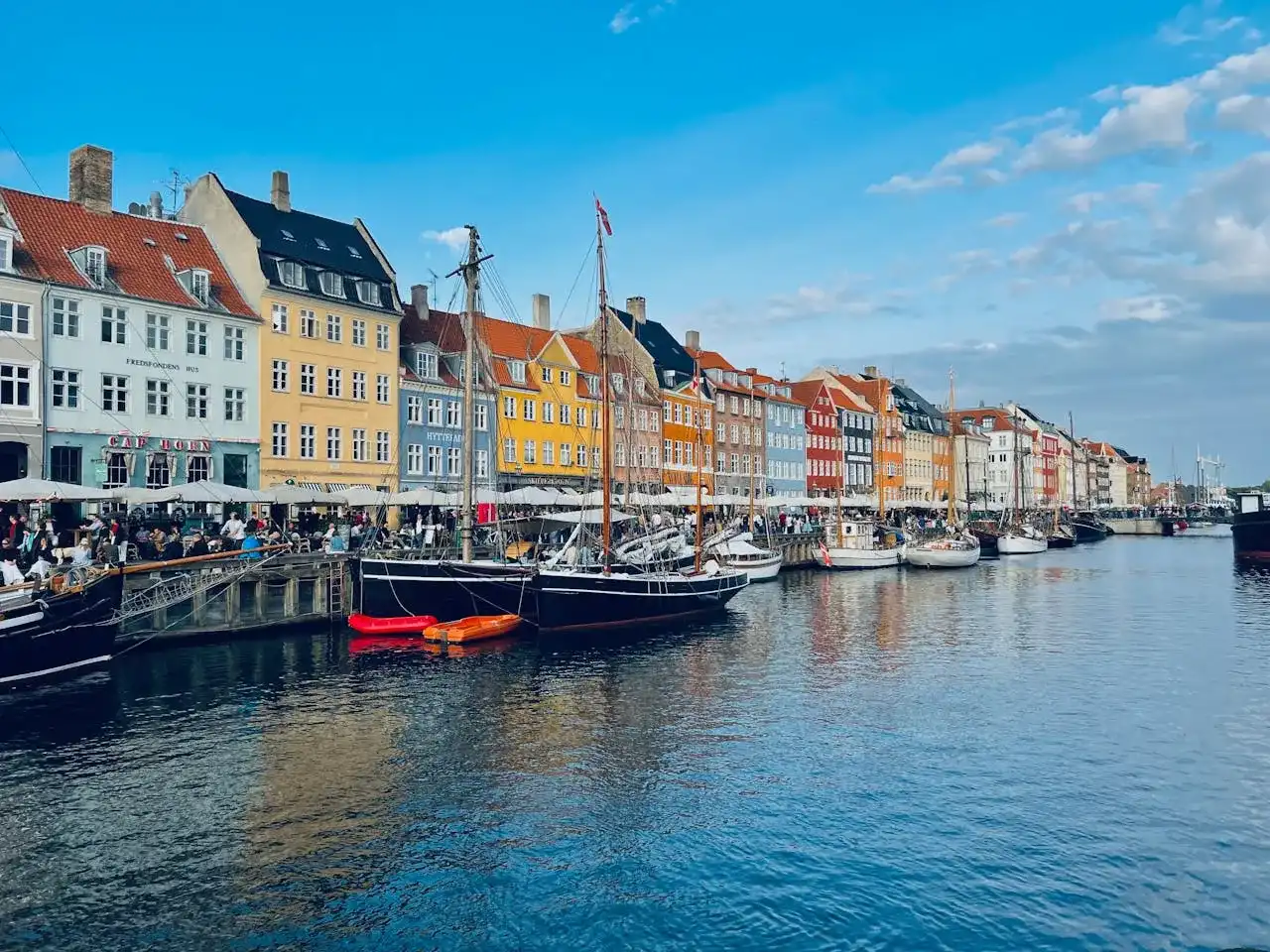
Stockholm is the capital of Sweden and has a lot to offer historically, culturally, and culinary. Enjoy a day or two in this beautiful city.
Tips for Sweden:
- Try fika – the Swedish breakfast break: Swedes also like to drink coffee and often take the time to do so during the day. In cafés, people drink coffee and eat a piece of cake (kaka), a sandwich (bullar), or a cinnamon bun (kanelbullar).
- Sweden has a general ban on smoking in public places, restaurants, public transport, and often in private homes. Smoking is permitted outside the door, on balconies, or on terraces.
- Credit cards are taken everywhere and accepted even for small amounts
- The currency in Sweden is the Swedish krona (Svenska Kronor): 1€ = 10.24 SEK.
Accommodation: In Stockholm, you will find many Airbnbs in the old town (Gamla Stan), and there are reasonably priced hotels. Hostels are also available at reasonable prices. Our recommendation: the Archipelago Hostel Old Town is located in the middle of the old town, a bed costs less than 25€ and double rooms start at 50€.
Top activities in Stockholm:
So you see, there are no limits to your day in Stockholm. Stockholm has something for everyone, whether you prefer historical, artistic, or architectural. After a successful day in Stockholm, pack your bags and backpacks in the evening and head to Stockholm Arlanda Airport. From there, you fly home or to your next big destination. If you’d like to travel around Scandinavia for 14 or 21 days, enjoy one more day in Stockholm before heading to Jönköping and Malmö.
Road trip from Stockholm to Copenhagen
After a week, if you still haven’t had enough of the Scandinavia road trip and want to discover more, we recommend the route from Stockholm to Copenhagen via Malmö.
Day 8 – Stockholm
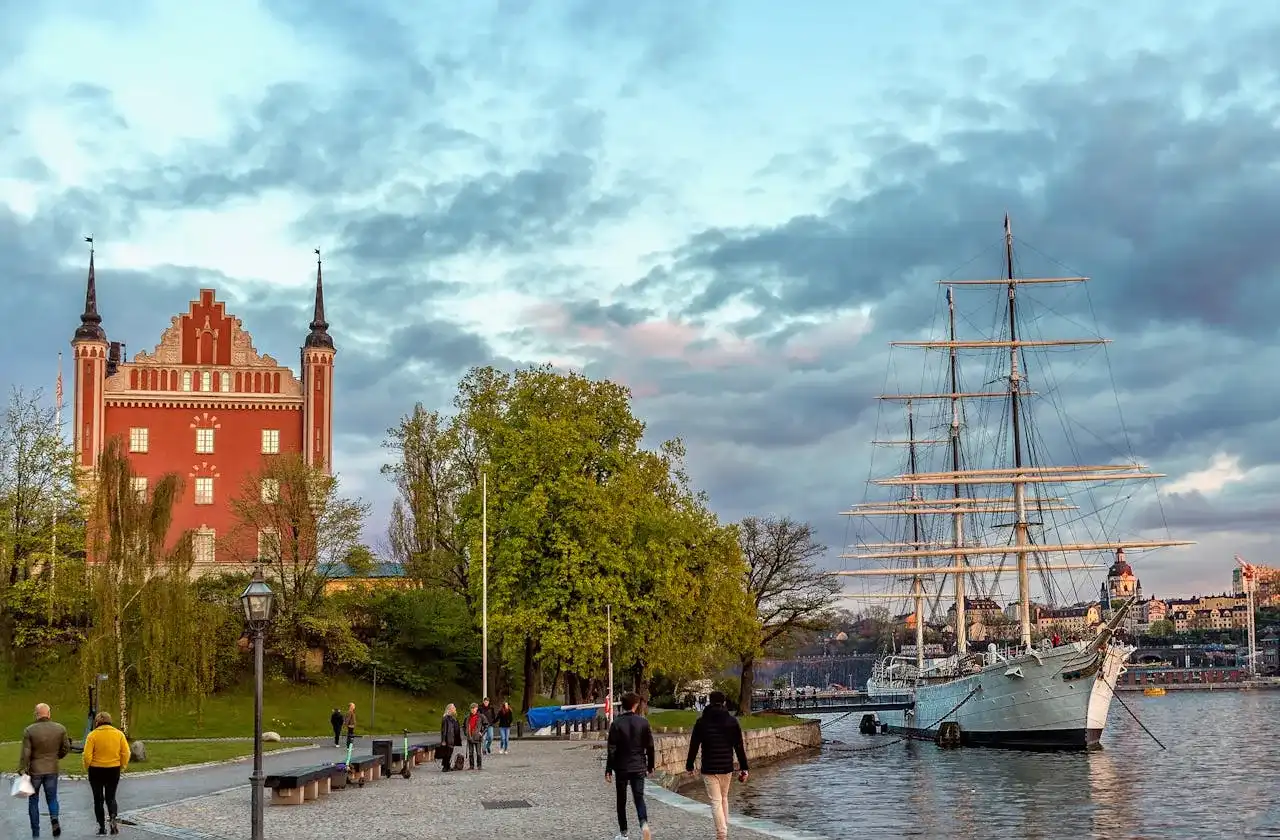
Start your second day in Stockholm relaxed with a coffee and kanelbullar before exploring the city. You can visit more museums or the Grona Lund amusement park. The park overlooks the Baltic Sea and has roller coasters, fabulous restaurants, and bars. In the summer, there are often concerts and other live events to end the day.
Alternatively, you can take a tour of one of the islands of the Swedish archipelago off the coast of Stockholm. Choose one of the 30,000 islands and explore nature or the surroundings. In the evening, you pack your things to leave for Jönköping the following day.
Day 9 – Jönköping
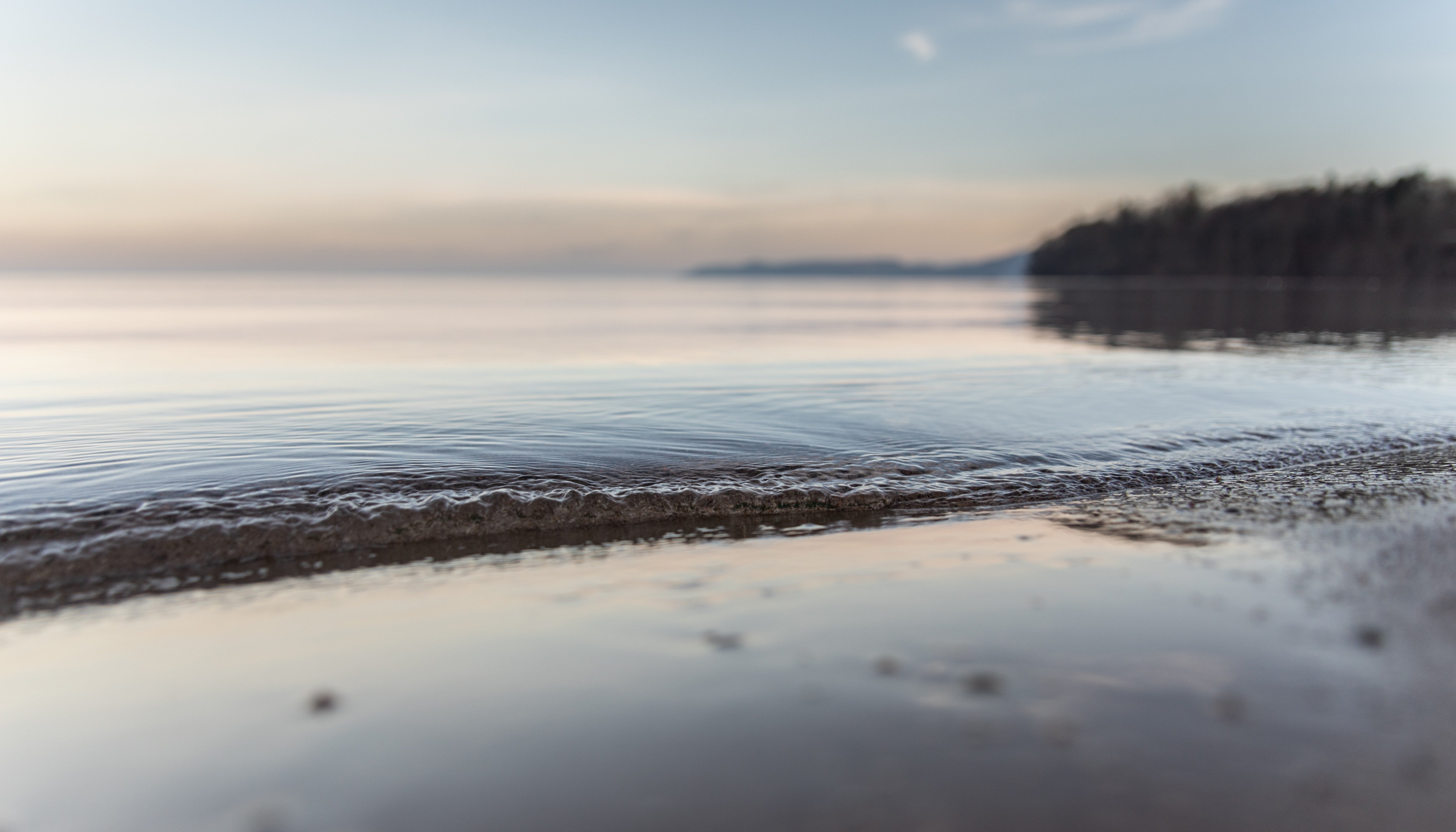
Your drive to Jönköping will take about 3.5 hours. As always, stop when you see something interesting. The small town is located directly on lake Vättern. If you would rather experience more nature than the city today, you can stop at one of the numerous campsites around the lake and camp or, of course, do wild camping, as long as you do not disturb anyone.
Should you decide to stay in Jönköping, here are our tips:
Accommodation: camp outside the city at Lake Vättern or find a small hotel or Airbnb. Many Airbnbs even offer a lake view.
Activities in Jönköping:
- Vätterstranden is a bathing beach in the city. On sunny days, the locals cavort here and enjoy their lives.
- At Rosenlund Rosarium, you can stroll through blooming rose bushes and take in the tranquility of the surroundings.
- Sophiakyrken is also worth a visit. The church has a unique appearance and was built at the end of the 19th century and opened on Easter in 1888.
- For nature lovers, there is a beautiful park outside the city called Dumme mosse where you can walk and enjoy nature.
After a lovely day in Jönköping, you’ll make your way to your campsite or hotel because the following day, you’re off to Malmö!
Day 10 & 11 Malmö
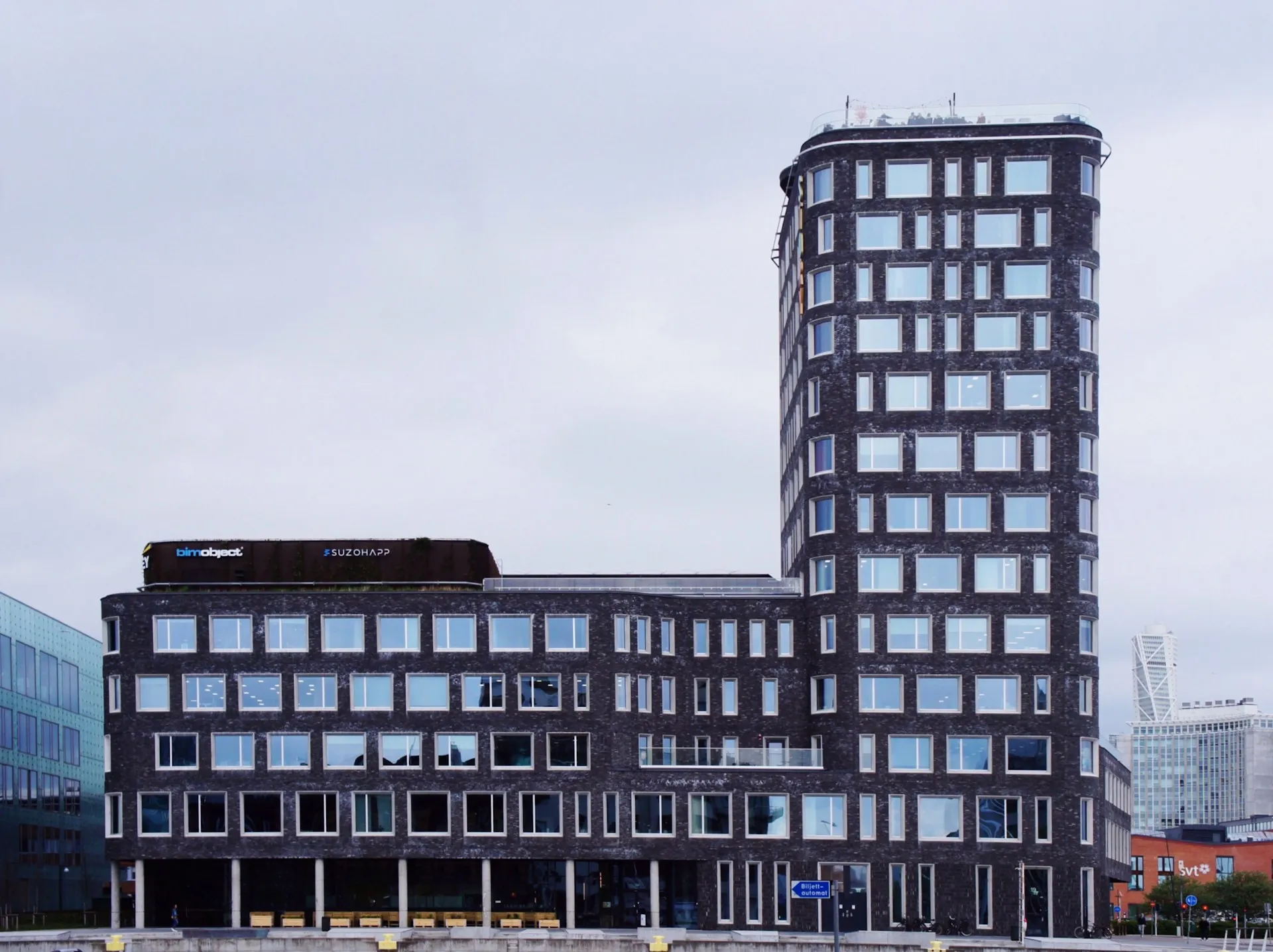
Malmö is a city of contrasts. Here you will find a very old city center that meets modern architecture.
Accommodation: Like all other cities on this trip, Malmö has good hotels and Airbnbs where you can stay. Unfortunately, there are no hostels in Malmö, but if you prefer to stay cheap, grab your tent and find a nice and quiet place to camp outside the city.
Activities in Malmö:
- Malmöhus Slott: The oldest Renaissance building in Scandinavia is a former fortress from the 16th century. The castle, surrounded by a castle park, is located in the middle of the city.
- Lilla Torg: literally “little square” is the busiest place in Malmö. The market and its fountain have existed since the 15th century. Today, locals flock here to cafes and restaurants. Relax with a cup of coffee and enjoy the hustle and bustle of the city.
- Take a walk through the city’s parks, Kungsparken & Slottsträtgården.
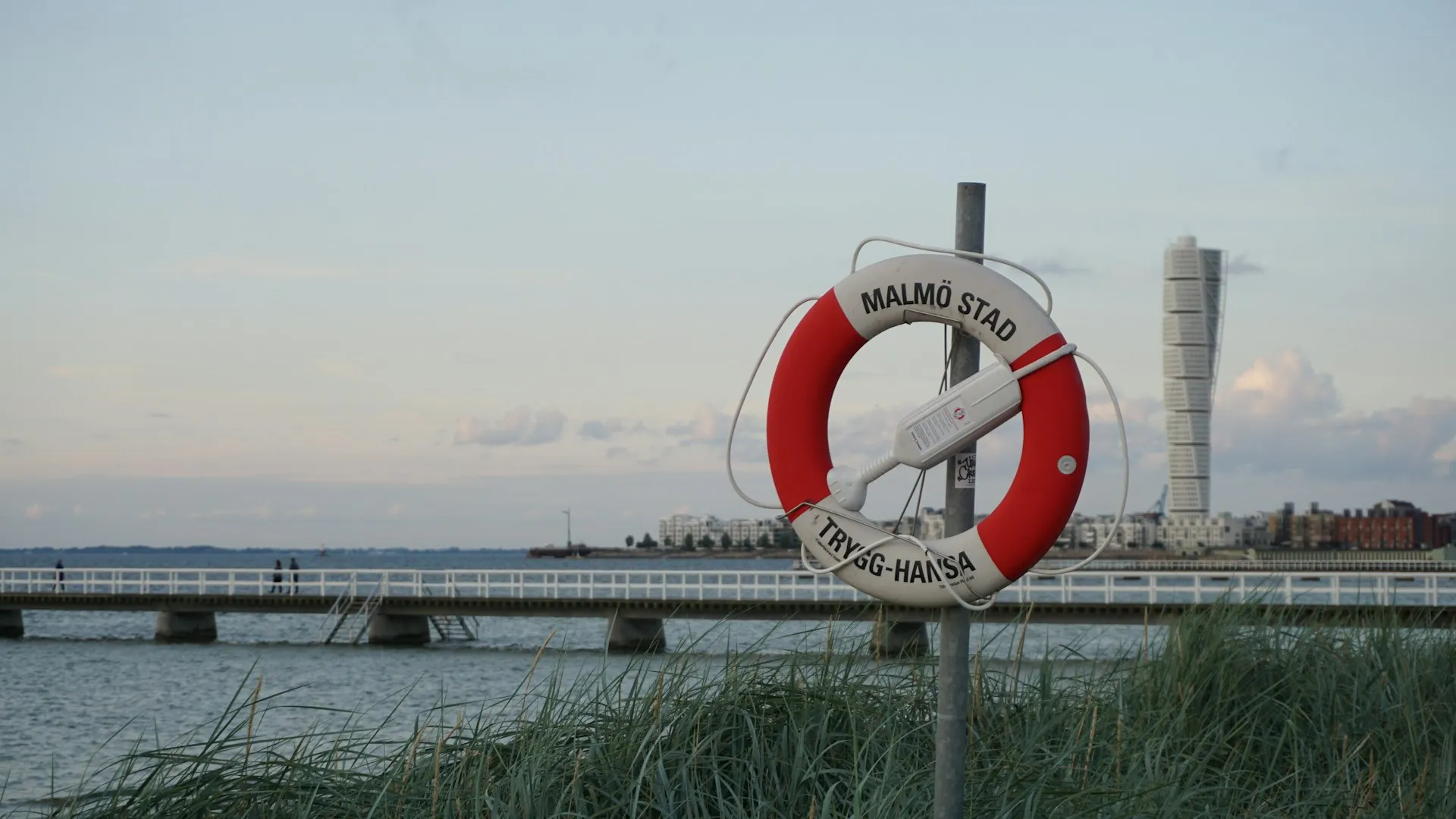
Enjoy two beautiful days in the city of contrasts, and then make your way to Copenhagen. The highlight of the 40-minute trip is the Øresund Bridge.
Day 12 & 13 Copenhagen
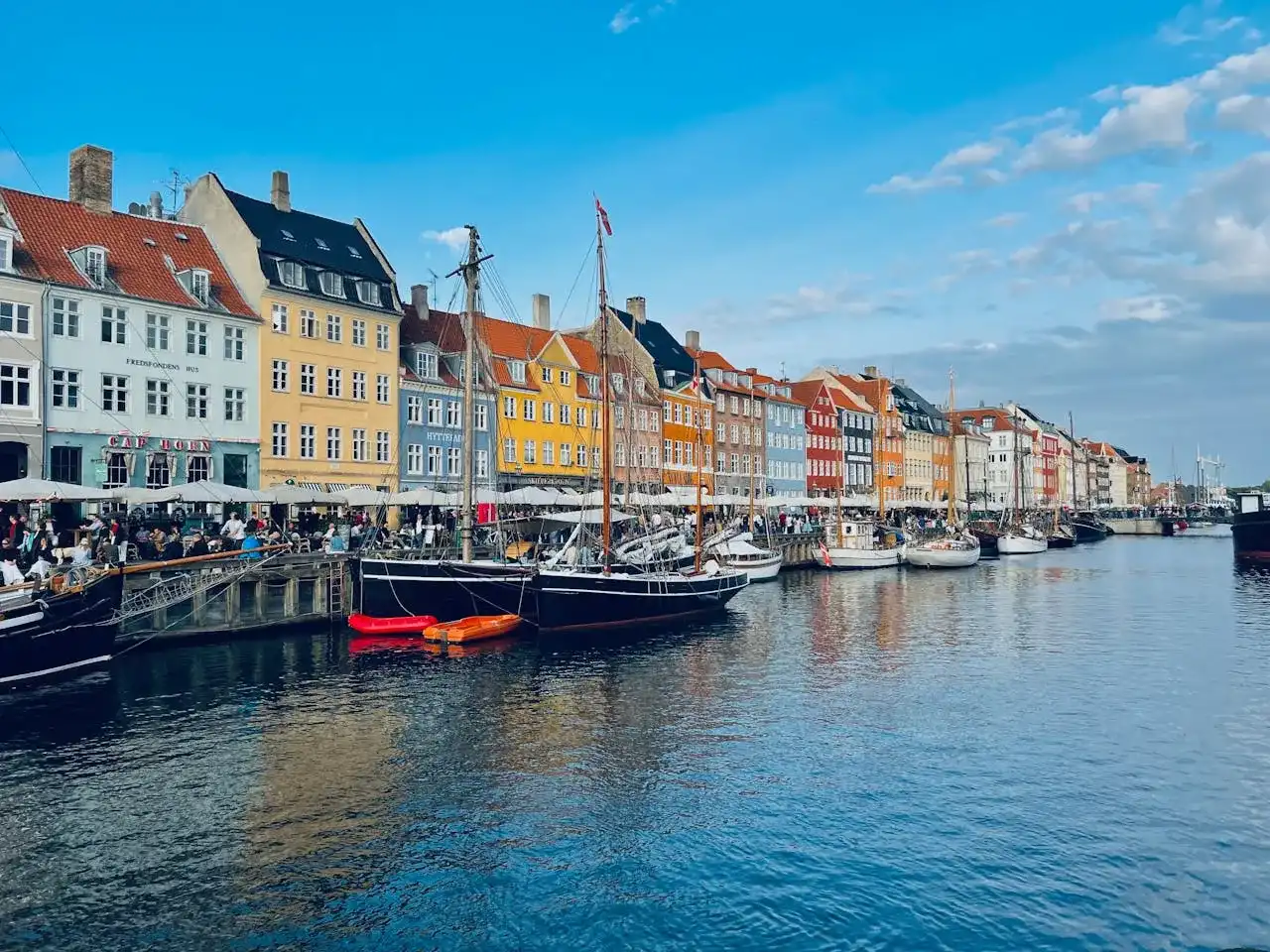
København is the capital of Denmark and is known worldwide for its attractions.
Tips for Denmark:
- The currency in Denmark is the Danish Krone ( 1€ = 7,44 DKK)
- Danish fines are above average, and more than 0.5 per mille is not tolerated (even on a bike)
- Tipping is, as in all Scandinavian countries, somewhat rare and unusual
Accommodation
In Copenhagen, staying overnight in the city is recommended. The city is very popular with tourists, and you will find hotels, hostels, and Airbnbs that suit your taste.
Top activities in Copenhagen:
- Tivoli Gardens is an amusement and theme park in the middle of the city. The park was opened in 1843 and is one of the oldest in the world. Here you can ride on rides, and there is a beautiful Christmas market during the Christmas season.
- The colorful houses in Nyhavn date back to the 17th century and are a landmark of the Danish capital. The houses are also a famous photo motif.
- In Nyhavn, you will also find the statue of the Little Mermaid: a bronze statue depicting the transformation of the Little Mermaid into a human being. The statue is based on the fairy tale “The Little Mermaid” by Hans Christian Andersen and is another city landmark.
- Amalienborg is the winter residence of the Danish Queen Margrethe II and can be visited in the summer with tours. The rococo-style castle gives an incredible insight into Danish and also European history.
- The Ordrupgaard State Art Museum is located just outside Copenhagen and contains an impressive Danish and French art collection from the 19th and 20th centuries. You can admire statues and enjoy nature in the museum’s beautiful garden.
- Torvehallerne is a large market hall where you can buy everything from fresh fish to small souvenirs. So don’t miss out on a fresh lunch here.
- Our top tip: Cycling through the city. You can reach everything by bike, and Copenhagen is one of the most bike-friendly cities in Europe. The city center is not designed to do everything by car, but rather by bike.
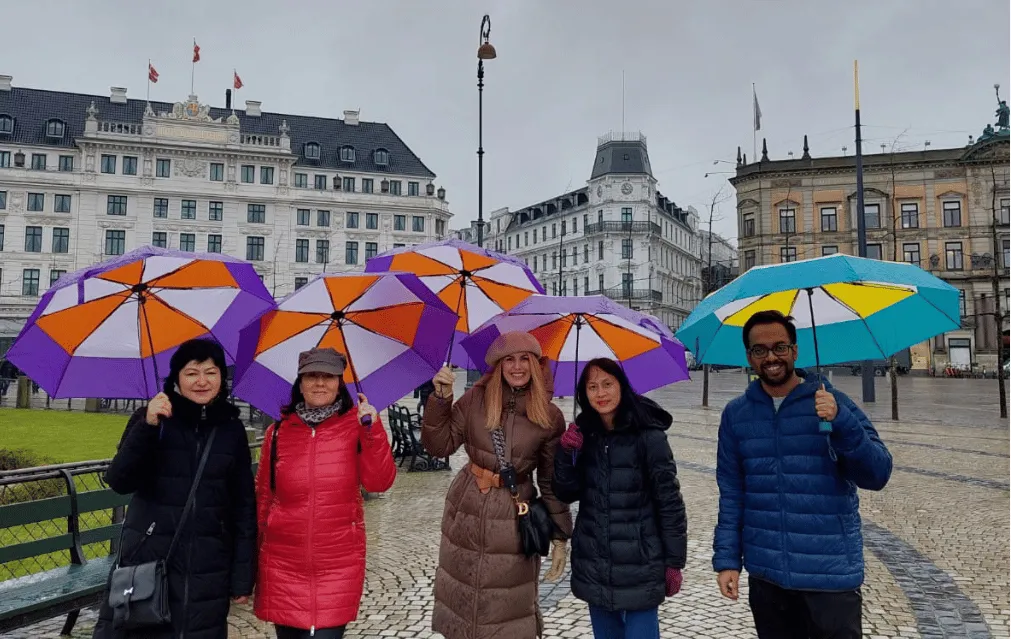
If you have planned 14 days for your road trip, your trip will end in Copenhagen, and you will fly home from Copenhagen International Airport on day 14. If you have a little more time, our trip continues from Copenhagen through Denmark to Gothenburg and Oslo.
Road trip from Copenhagen to Oslo
Your Scandinavia road trip is incomplete if you do not visit Norway. So, after visiting Denmark, you should go to Norway through Sweden. And here is the itinerary for you:
Day 14 – Odense
On your way to the Danish mainland, you will pass the famous vacation island Odense. Here you can explore the city in the footsteps of Hans Christian Andersen or discover some museums. If you are not in the mood for sightseeing or museums, you can find a lovely beach and end the day there. Around Odense, there are several campsites where you can set up camp.
Day 15 – Aalborg
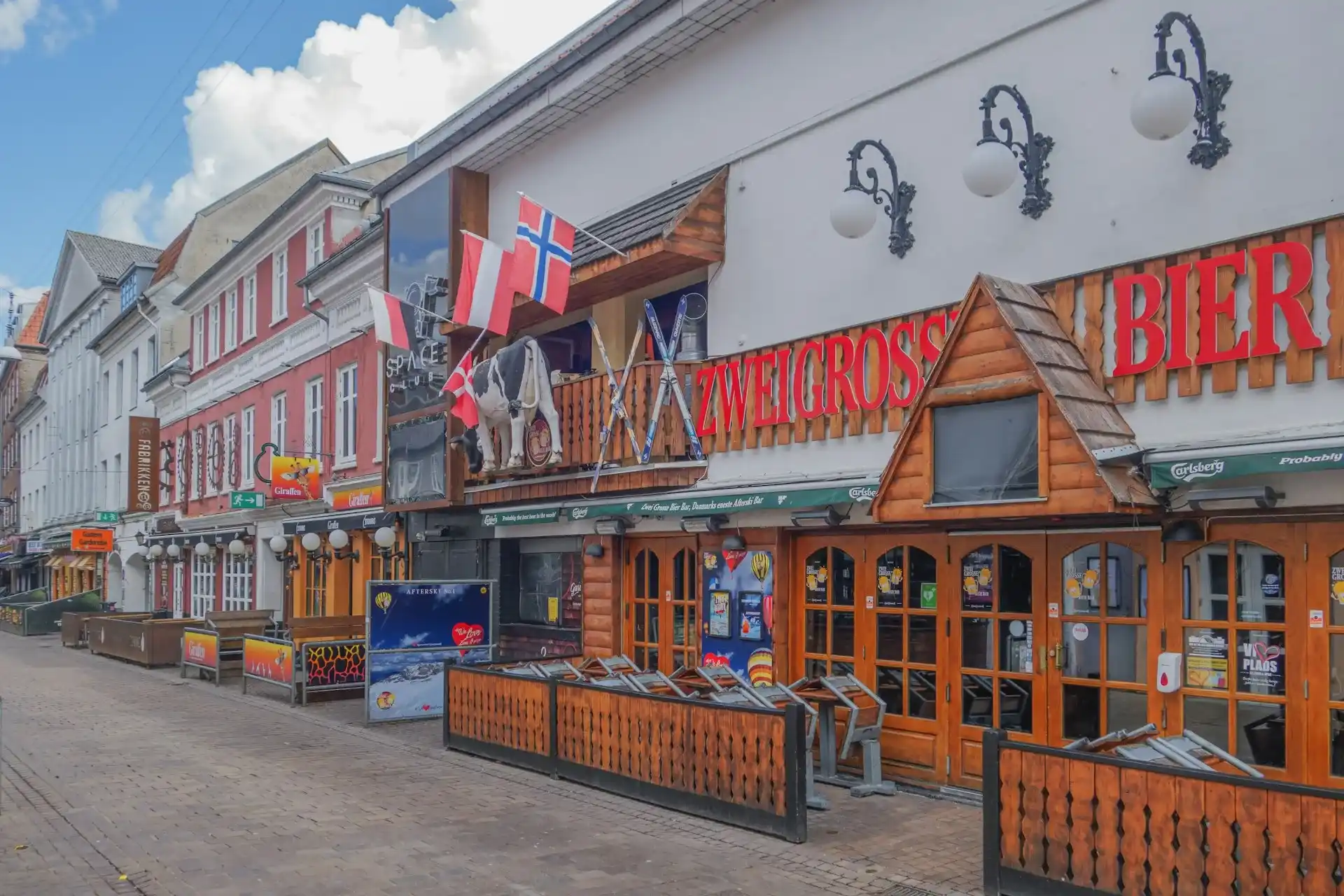
Now it’s time to head north again! Your next stop is Aalborg, the administrative seat of the Danish region of North Jutland (Nordjylland). Here you can admire the unique Danish architecture and feel the history of Denmark.
Accommodation in Aalborg
There are many small hotels and guesthouses in Aalborg. However, the cheapest place to stay is to find a campsite a little further north of the city, as the hotels can be pretty expensive.
Top activities in Aalborg:
- The Kunsten Museum of Modern Art Aalborg is the epitome of Danish architecture and houses Danish and international art from the 20th century.
- Vikingemuseet Lindholm is, as the name suggests, a Viking museum where you can learn more about Viking culture and visit an ancient burial site.
- The Springeren Museum offers much information about seafaring, and you can even visit a submarine here.
Day 16 & 17 – Skagen
The northernmost city on the Danish mainland has a few things to offer, but the real highlights can be found in the surrounding area.
Accommodation: Skagen and the surrounding area are popular vacation destinations so that you will find more cottages and guesthouses here. Still, there are also two campsites where you can set up camp.
Top activities in Skagen and the surrounding area:
- Skagen lighthouse is located 4 km north of the small town. It is big and gray and can’t be missed. Around it is a nature reserve where you can observe many seabirds.
- The sandbank Grenen & the Skagerrak are absolute highlights of a visit to Skagen. Here the North Sea and the Baltic Sea meet, and you can walk along the North Sea and the Baltic Sea to the Skagerrak. You can even watch some seals at the tip if you are lucky.
- Råbjerg Mille is the largest shifting dune in Europe and is located south of Skagen.
- Den Tilsandere Kirke (the sand-covered steeple) is located a small distance south of Skagen in the middle of the area’s rugged nature. The church disappears further and further into the sand, showing how much stronger nature is.
- The small town center of Skagen has some small restaurants and shops you can visit. Moreover, there is a candy store where you can watch the production and ask questions.
At the end of the 17th day, you drive 40 min from Skagen to Frederikshavn, from where you will take the ferry to Gothenburg. The crossing to Gothenburg takes about 3 hours and costs between 85 to 100€ depending on the vehicle.
Day 18 & 19 – Göteborg
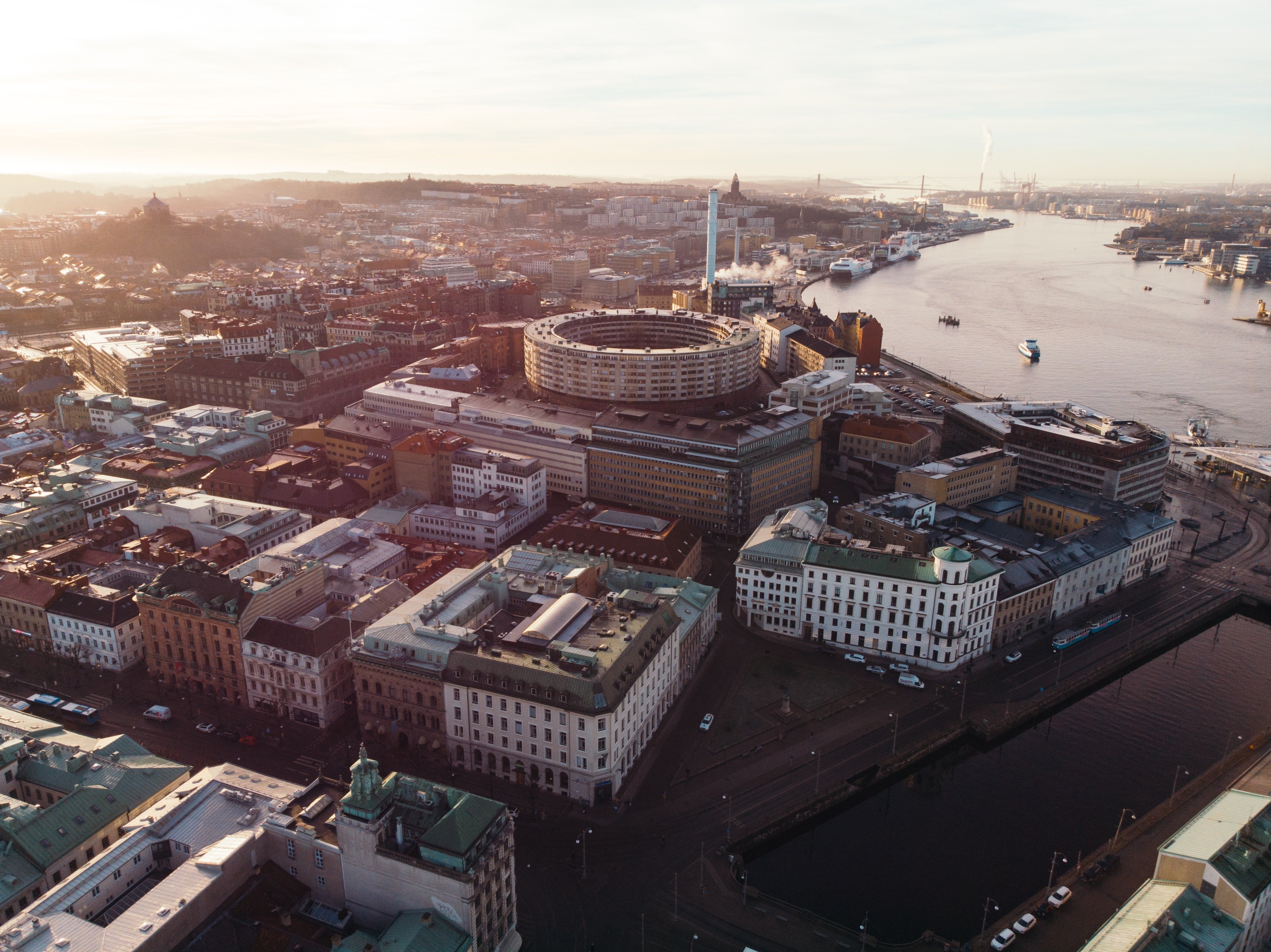
Gothenburg, the second-largest city in Sweden after Stockholm, has a lot to offer. Especially nature and Swedish history you can discover here.
Accommodation: As a large city, Gothenburg offers everything a traveler’s heart desires. Therefore, you can find many good hotels, Airbnbs, and hostels.
Top activities in Gothenburg:
- Gothenburg’s Konstmuseum has a great collection of over 70,000 works, ranging from the 15th to the 20th century. The focus here is on the Nordic countries, but the museum also has beautiful pieces from the USA and other parts of Europe.
- The Gothenburg Botanical Garden has the most extensive collection of orchids in Sweden. In addition to local Swedish plants, you’ll find all kinds of unusual and tropical plants in the greenhouses. Here you can experience nature in the middle of the city.
- Slottskogen (literally castle forest) is a vast forest area in the middle of Gothenburg. Here you can find a small zoo with Swedish animals, a seal and penguin pool, and a small open-air museum with traditional Swedish cottages. You can also stroll through the forest and enjoy the fresh air.
- From Lilla Varholmen, you visit the Gothenburg Archipelago, a group of islands in the Kattegat off the Swedish west coast. There is a fishing museum and restaurants on the various islands where you can get fresh fish or go on a seal safari. Of course, you can also enjoy the Swedish landscape again.
- Liseberg is another Swedish theme park. There are six roller coasters, a freefall tower, and two water attractions for warm days. Admission per person costs about 50€ and tickets must be booked in advance.
- The Universeum is a large interactive natural science museum. There is something to discover here for young and old. In addition to space exhibitions, there is a chemistry lab and a large aquarium.
After two beautiful days of nature, you are heading to Oslo in Norway. And, this is the last stop of this Scandinavia road trip.
Day 20 & 21 – Oslo
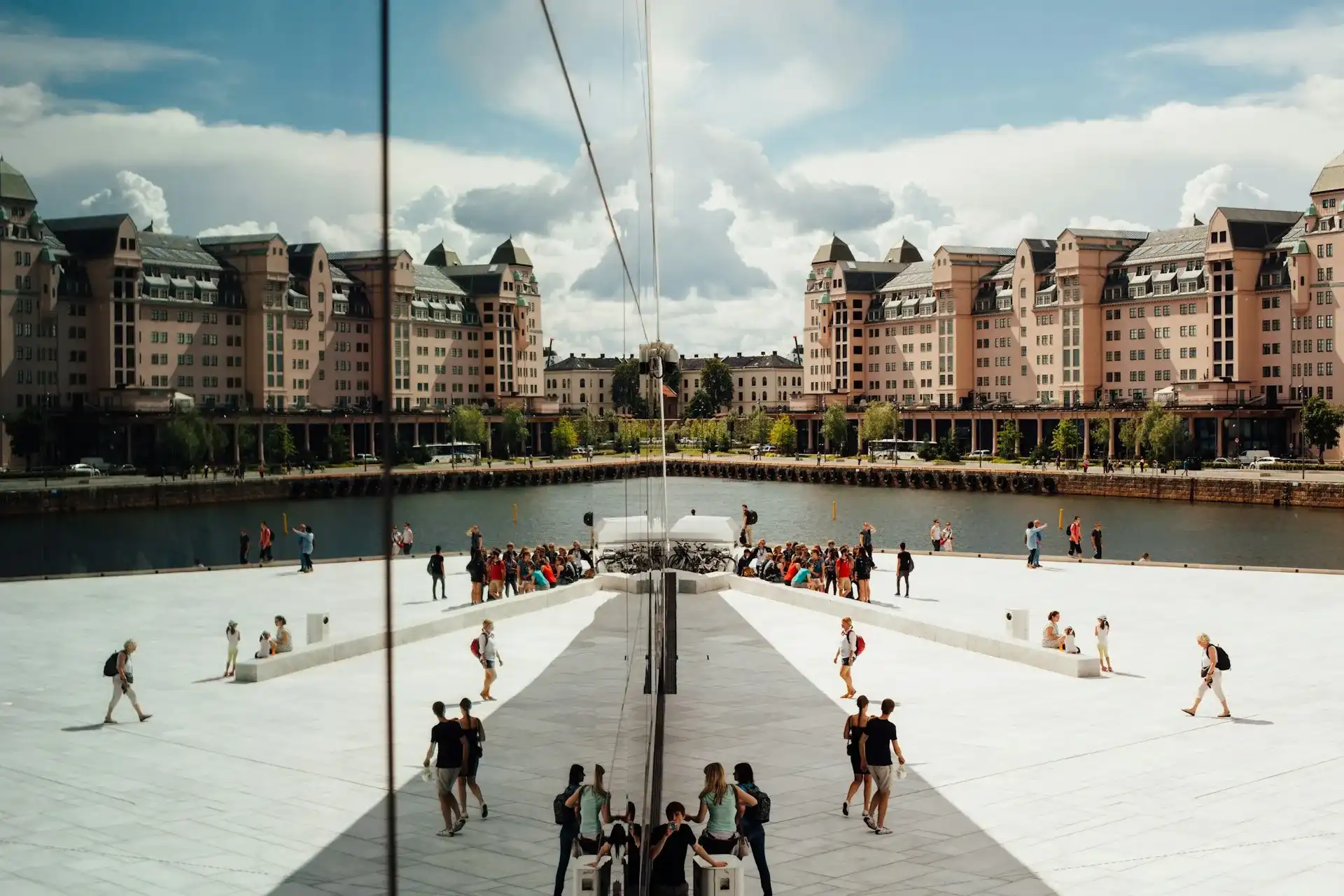
Tips and hints for Norway:
- Norway is not part of the EU but part of the Schengen area. Therefore, you may need to organize a visa if you do not have an EU passport. So inform yourself beforehand.
- The currency in Norway is the Norwegian Krone ( 1€ = 10,54 NOK)
- Campfires are prohibited in Norway from April 15 to September 15. You may only light campfires on beaches or rocks by the sea during this time.
- You must pay a toll for the city entrance to Oslo, Bergen, Stavanger, and Trondheim. In addition to that, you can pay in cash with an EC card or credit card. To be incredibly comfortable, you can organize a car pass in advance. You can also drive through the automatic toll stations (Automatisk Bomstasjon) and receive an invoice by mail after a few weeks. If the car is registered with you, there are no further costs. For rental cars, you should ask beforehand. Tolls can also be charged on roads or bridges that have not yet been paid. Thus, everyone who uses the bridge contributes to paying for it.
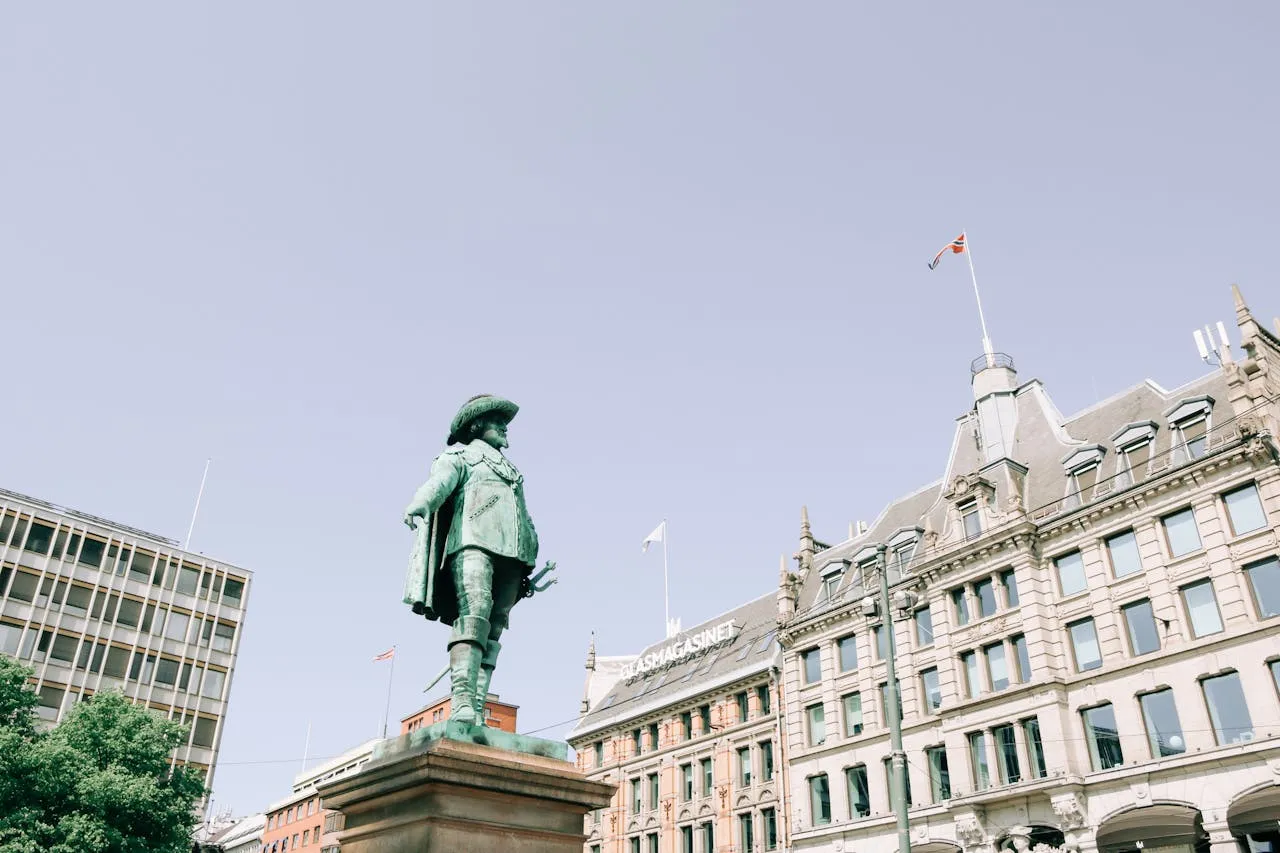
Overnight stay in Oslo: Everyman’s right also applies in Norway. Moreover, you can camp in the wild if you don’t disturb anyone. Therefore, if you prefer to spend the night outside the city in the wild nature, then nothing stands in your way. For overnight stays in the city, as always, we recommend accommodation in the middle of the city, so you can see as much as possible in a short time. Hotels, hostels and Airbnbs are plentiful.
Top activities in Oslo:
- Take a boat tour across the Oslofjord for the perfect sightseeing tour.
- In Frogner Park you can admire the Vigeland Sculptures. The sculptures were created in the 20th century by the Norwegian artist Gustav Vigeland and symbolize mostly the cycle of human life.
- Akershus Fortress is located in the heart of Oslo and is an important historical building. You can visit various museums here, such as the Norges Hjemmefrontmuseum (Resistance Museum) or the Forsvarsmuseet (Defense Museum). The Norwegian military still uses part of the fortress.
- The Munch Museum houses famous works by the artist Edvard Munch, such as the painting “The Scream.” At the end of 2021, the museum will move to a new architectural work of art in the center of the city, which you can already marvel at from the outside.
- Walk along Karl Johan, the largest shopping street in Oslo. In this place, you can find many stores and restaurants. Then, you will be in front of the Royal Palace at the end.
- The Royal Palace is located in the middle of the city and is the official residence of the Norwegian royal family. The square in front of the palace and the gardens behind it are freely accessible.
Right next to Oslo Central Station, you will find the Opera House. Moreover, you can climb the many stairs and have a beautiful view of the city and the harbor. The locals sit on the steps everywhere on sunny days and enjoy the sun’s warming rays.
After 2 beautiful days in Oslo, your Scandinavia road trip ends. From Oslo-Gardermoen Airport you will travel home or to your next big destination.
Finding a Group for Your Next Scandinavia Road Trip
If you still haven’t had enough of Scandinavia road trip after three weeks and still have enough time, you can drive along the Norwegian coast to the North Cape. You should not miss Trondheim, Bodø, the Lofoten, Tromsø, and Hammerfest on your way there. Enjoy the rugged nature of Norway and stop wherever you find it beautiful. From the North Cape, you can easily get to Northern Sweden and from there to Lapland in Finland. So, has this ultimate Scandinavia road trip inspired you to plan your own trip? Browse the list of Scandinavia trips at JoinMyTrip now to get the best travel experience of your lifetime!
